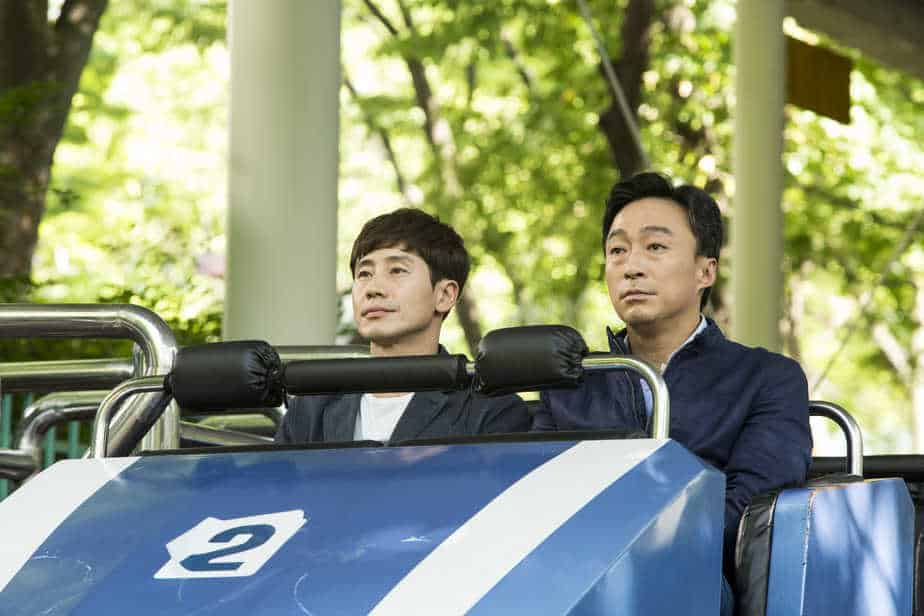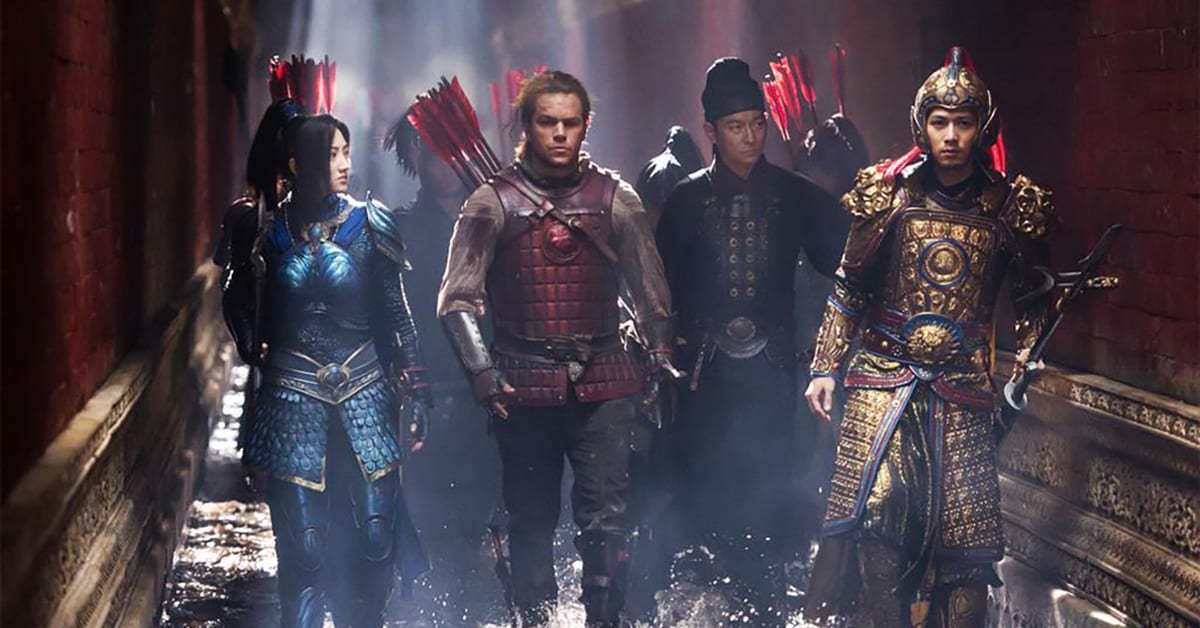When it comes to the works by Japanese director Kenji Mizoguchi, it is interesting how he has been perceived as a true master long before especially the West took notice of his colleagues Akira Kurosawa or Yasujiro Ozu. Perhaps one of this most popular and beloved features, among many others, it's his 1954 movie “Sansho the Bailiff”, based on a story by author Ogai Mori, which deal with the values of humanity and mercy in our world, among other issues. For his work, Mizoguchi received the Silver Lion at Venice Film Festival 1954 and the Top 10 Film Award from Cahiers du Cinema in 1960.
Buy This Title
on Amazon
The story takes place in the 11th century during the Middle Ages, when the landowners and their vassals ruled the country with an iron fist, with many farmers and their families working for them under tough conditions. However, one governor opposes this system and is cast out by the feudal lord, along with his family, which causes fear among the people in his region, now scared that they will have to live under the same conditions as their peers in other provinces. To make matters worse, the governor is afraid the lord's wrath may cause harm to his wife and his two children, his son Zushio and his daughter Anju, so that he orders them to leave immediately. On the road, they fall victim to slave traders, who separate the mother from their children, who are eventually sold to Sansho (Eitaro Shindo), a bailiff infamous for his cruel system of exploitation and violence.
Six years go by and Zushio (Yoshiaki Hanayagi) along with his sister (Kyoko Kagawa) have learned to survive the daily hardships by Sansho and his men. Whereas her brother has become one of the bailiff's enforcers, Anju tries her best honoring the values of empathy and mercy, as taught by their father, and urges him to help her look for a way to escape. When she overhears a woman singing an elegy about a mother who lost her children, she decides to flee and seek out her mother before it is too late. However, getting through to Zushio is quite hard and escaping Sansho even more so, especially since he also enjoys the protection of the feudal lord.
Much like his colleague Kurosawa, Mizoguchi seems also interested in the question in what way tyranny, exploitation and violence are essentially systemic, rather than being connected to one person or regime. However, while the former explored the issue by taking a look at concepts such as bushido, the latter has chosen quite a different path, which in the case of “Sansho the Bailiff” revolves around the titular character, played by Eitaro Shindo, as well as the children of the governor, who are sold to him as slaves. Even though the story sees him do (and order) some very horrific things, each character seems to contain the ability to distinguish right from and wrong, has good and bad sides. At the same time, it is the system, the feudal order, affirming those negative tendencies within a person's soul, with the promises of a higher income and a higher status resulting in some of the most heinous crimes Sansho becomes guilty of.
In terms of acting, this idea defines also the performances in “Sansho the Bailiff, most specifically the relationship of Sansho, Zushio and Anju. Whereas his sister and the bailiff represent the extremes of both sides within society, Zushio' willingness to live by the principles of humanity and understanding, instilled by his father, becomes a test for the young man. Yoshiaki Hanayagi gives a terrific performance as a young man torn between these two tendencies in his environment, which may result in him being another vicious, but possible quite rich henchman (and ruler), or a person like his father. Mizoguchi, along with co-writer Fuji Yahiro, highlight this dilemma within the character, showing how the battle between the two tendencies is one in every man, and ultimately pose the question whether people are actually capable of following humanist values.
Apart from the acting and its themes, “Sansho the Bailiff” is also notable for Kazuo Miyagawa's cinematography. Each composition emphasizes the conflicts the characters, showing how they are trapped and add weight to the (melo-)dramatic scenes. At the same time, they seem to stress the kind of moral fall which may or may not happen with the character of Zushio.
In conclusion, “Sansho the Bailiff” is a great work of Japanese cinema, telling a story about human ideals and whether we are able to live by them. Due to its performances and visuals, Kenji Mizoguchi's feature is a true achievement and deserves to be in the realms of world cinema.

















